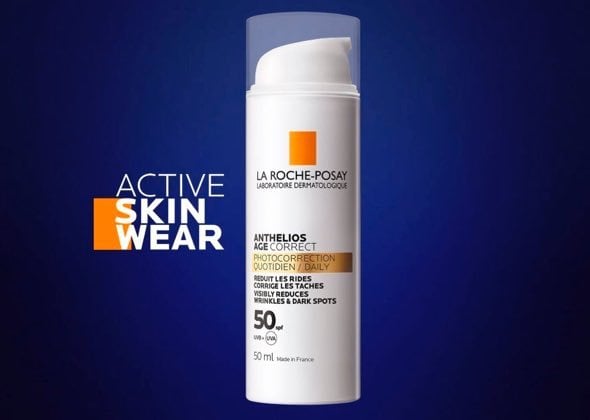How can I get rid of sunburn?
Once you have developed sunburn, the damage has already been done and all you can do is let it heal. Religiously protect the burn from the sun to prevent it from getting any worse, as well as applying a soothing aftersun gel with antioxidants and make sure you stay hydrated. If your skin has blisters, use a skin healing cream from the pharmacy until the burn has fully healed.








